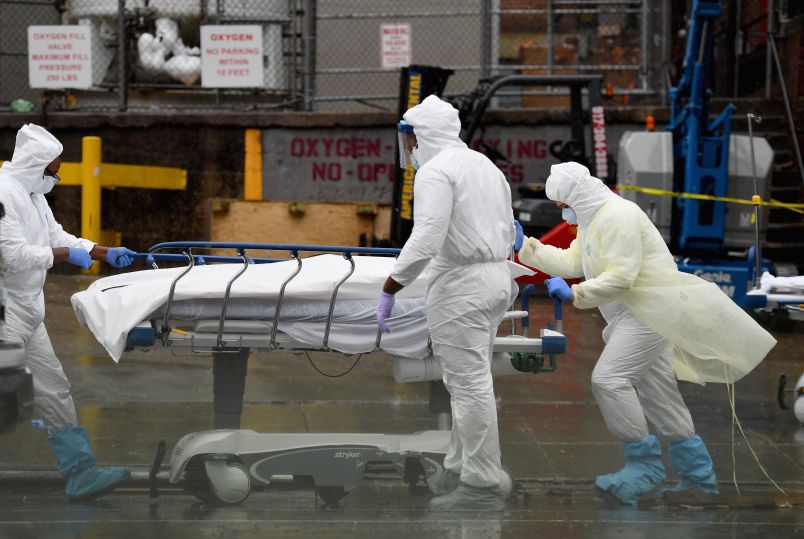How deadly is COVID19? The question has mobilized countless researchers, become a political football around the globe and probably occurred to and triggered fear in the minds of most members of the human species. The question can be posed in various ways. But the closest to what people likely mean by it is what epidemiologists call an ‘IFR’, an infection mortality rate. That is to say, the percentage of people who will die from COVID19 after being infected by it. That’s different from the number of ‘cases’ since some infections never show symptoms and many never get recorded in any medical or governmental dataset.
The epidemic in New York City allows us to make initial calculations which, though imperfect, move us toward a real estimate as opposed to inferences, history and guesswork. For each variable in the formula we have an actual number based in science and quality record keeping, even if each is subject to substantial uncertainty and revision.
As we noted on April 21st, even if we assumed universal infection, the death toll in New York City would likely rule out the estimates of those who’ve argued for a mortality rate down near .1% or .2%. Now we have serology data which gives us some handle on the number of infections in the city.
I stress again that each of the variables I’m about to discuss have significant wobbliness associated with them. I’ll try to note each. But the combined wobbliness creates significant uncertainty. Let’s dive into the numbers.
The population of New York City, according to the 2018 Census estimate, is 8,398,748 people.
The most recent estimate from New York State’s on-going blood antibody (serology) testing suggests that 24.7% of New York City residents have COVID19 antibodies and were infected with the disease. (We don’t know precisely when these tests were conducted – probably about one week ago. There’s a couple week lag before you develop antibodies.) If we apply that percentage to the city population we get 2,074,490 infections in the city.
New mortality data updated this afternoon shows the total number of confirmed (lab test) and probable (diagnosed without a test) COVID19 deaths is 18,231.
If we take those deaths and that total number of infections we get a death rate of .878%. We can round it to .9%.
None of these numbers are final. They each involve delays in reporting and significance. You don’t seroconvert for a while after you’re infected and resolve the infection. People often take two or three weeks to die from COVID19. So all these uncertainties would have to be analyzed and modeled to refine the number. But because of its defined geography, record-keeping and the intensity of the outbreak, New York City gets us our first meaningful look at this question. The COVID19 IFR is a bit under 1%.






